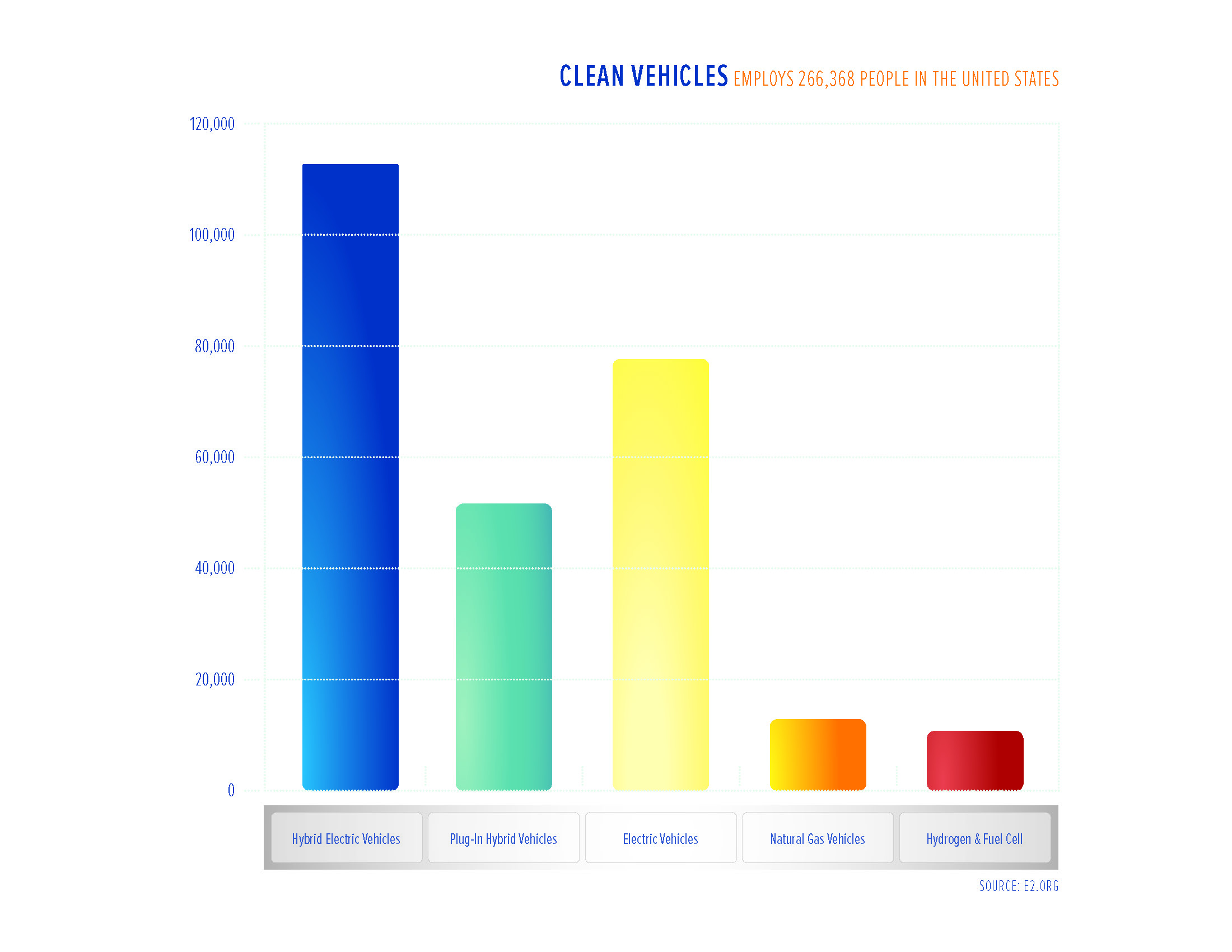It’s a pivotal time in the American job market. Renewable energy is in the news every day and there are now more Americans who call themselves clean energy workers than ever before. The economic tide is turning toward renewable energy, with Goldman Sachs predicting that 25 percent of all energy spending will target clean energy in 2021 and that the annual investment in renewable infrastructure will total $16 trillion by 2030. That’s right, 16 trillion.
Employment in the renewable energy field is, simply put, the future. As of 2019, it employed nearly 2.5 million workers, with enormous growth set over the next decade. It’s a job field that expands regularly, and millions of Americans across an array of occupations are qualified to work within it. It is booming like no other industry across the world. The job growth is even exceeding all expert predictions: more than 24 million new jobs are expected in the next decade.
So, what is a clean energy worker? These are workers employed by solar, wind, and geothermal companies, or by the manufacturers of LED lighting and energy-efficient appliances. These are jobs in bio-fuel and hydropower, decarbonization, and bioenergy. It’s electricians, plumbers, welders, roofers, mechanical trade technicians, construction workers, salespeople, service techs, marketing professionals, managers, and mechanics. And they are all needed to keep the clean economy booming. Clean energy jobs are available in four main areas: energy efficiency, renewable energy, clean vehicles, and grid and storage.
Let’s Take a Look at Working in Clean Vehicles
Cars and buses get us to work. As gas prices rise and consistent levels of carbon emissions continue to negatively impact the world’s climate, it’s clear we must make renewable energy vehicles a priority. There’s increasing government and private funding in this sector, and the industry as a whole is exploding, increasing green jobs in this sector daily.
Based on an analysis by Synapse Energy Economics, Inc., clean vehicle standards are poised to drive significant job growth in the United States. The study estimates more than 100,000 jobs will be added in 2025 with that number increasing to more than 250,000 in 2035. In addition to job growth, clean vehicle standards benefit the country’s gross domestic product, with projections suggesting that it will increase by more than $13 billion in 2025 and more than $16 billion in 2035. While labor demands in some states outpace others, these jobs are set to expand to all 50 states in rapid succession. This means the nation will need more hybrid electric, electric, natural gas, and hydrogen and fuel-cell powered cars and trucks as quickly as possible. And people are needed to make them, repair them, market them, and sell them.

One of the fastest-growing clean jobs in the clean vehicles category is clean car engineer. The growing demand to design and build these alternative fuel-powered cars and trucks that save money and pollute less has driven up the need for engineers. The Department of Energy (DOE) is even encouraging engineering students to focus on this area with a range of competitions and grants.
Since 2009, the federal government, spearheaded by DOE, has been working on transforming our transportation sector with a focus on energy security, stabilized energy prices, and less climate impact. Today, DOE expects exponential job growth in three employment areas:
Clean vehicle technology development: These are the folks developing new types of cars and trucks. Mostly engineering-based, this also includes chemists, electricians, and mechanics.
Clean vehicle technology manufacturing: There’s plenty of room for machine operators, factory staff, and industrial engineers.
Clean vehicle technology use: These are the people who truly drive the new products, including bus and other fleet drivers, mechanics, and fueling infrastructure installers.
There’s not much more of a sure thing than job futures in clean vehicles. Buoyed by massive private investments, tethered to strong local, state, federal, and international government support, clean vehicles are the proverbial wave of the very near future. From drivers and mechanics to engineers and researchers, this is certainly a career field with nothing but a wide-open road ahead.





